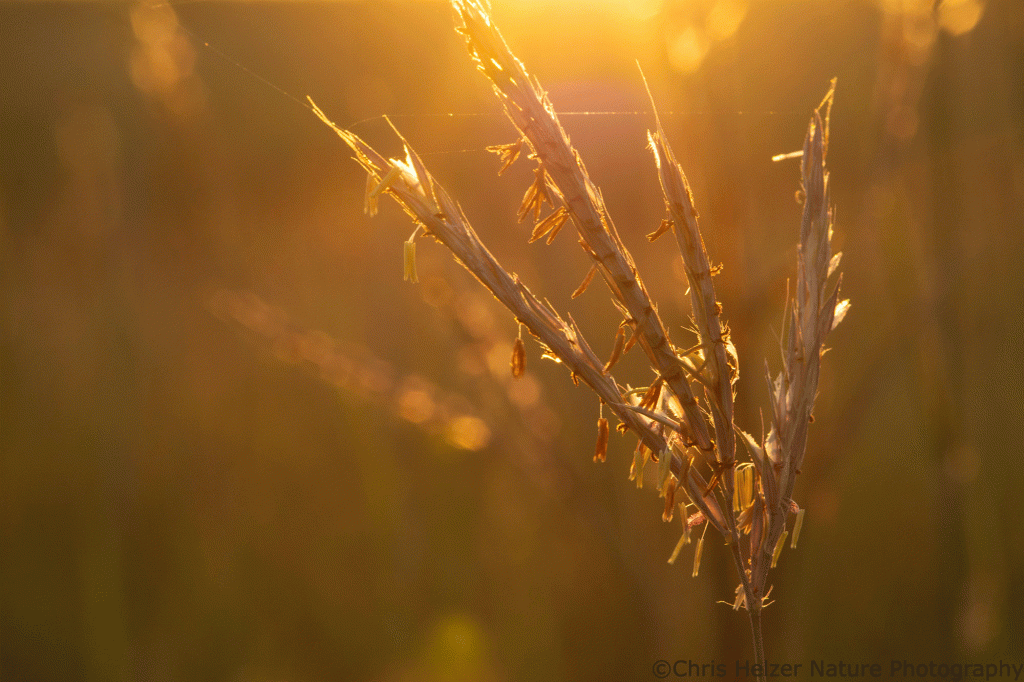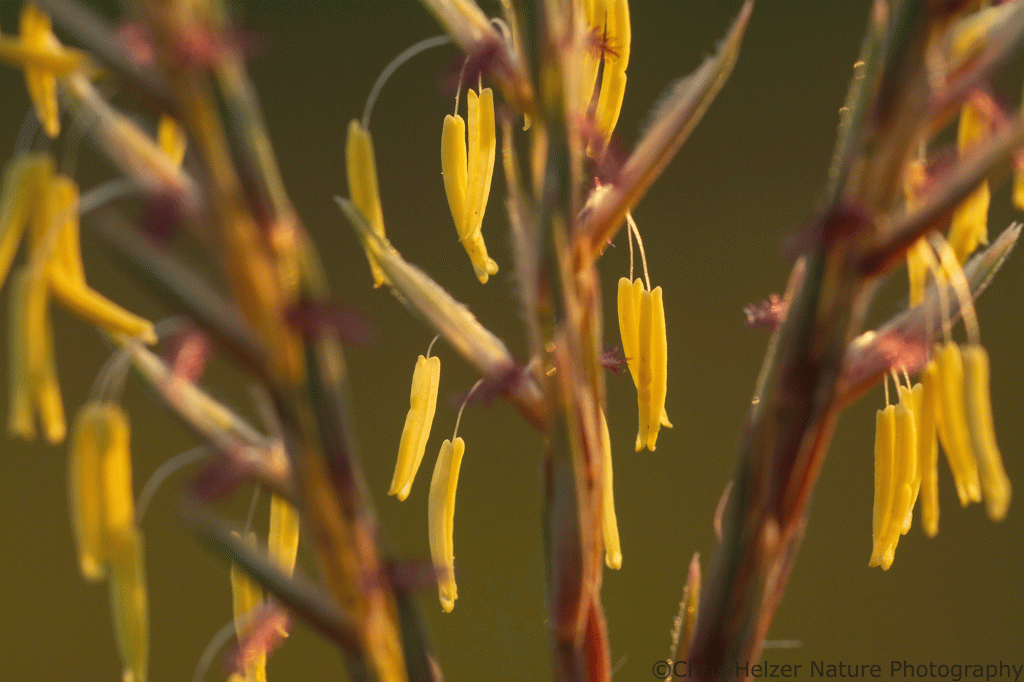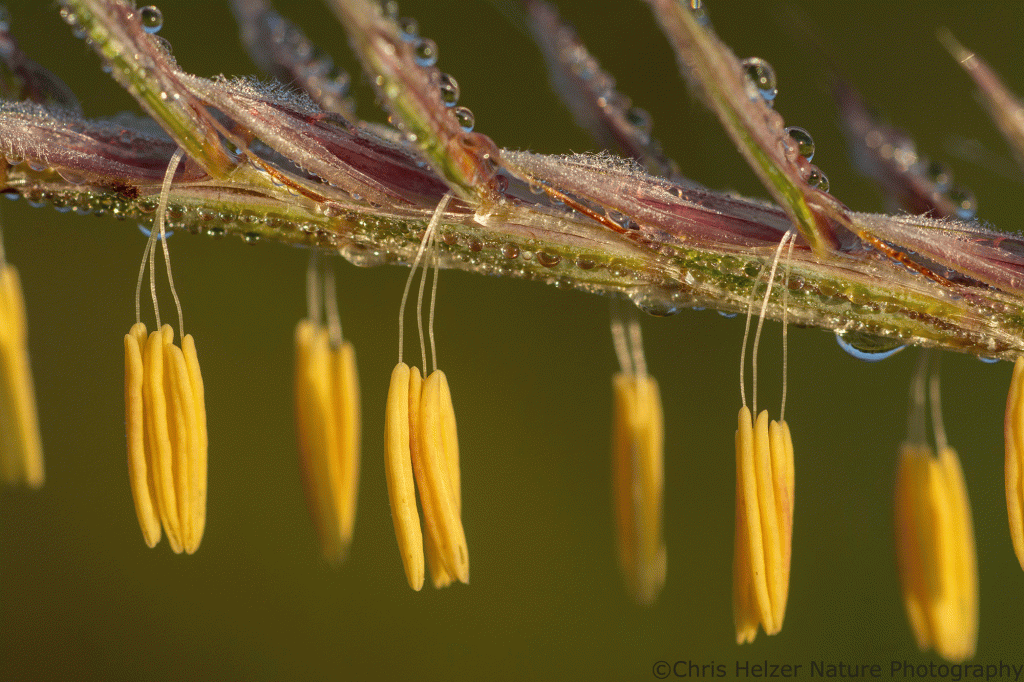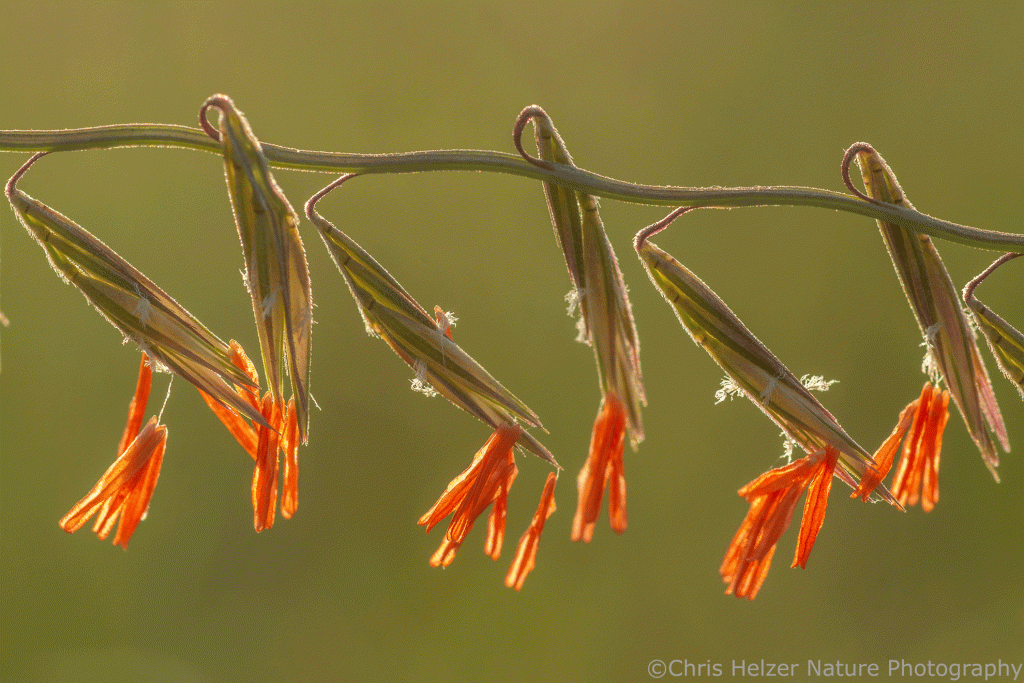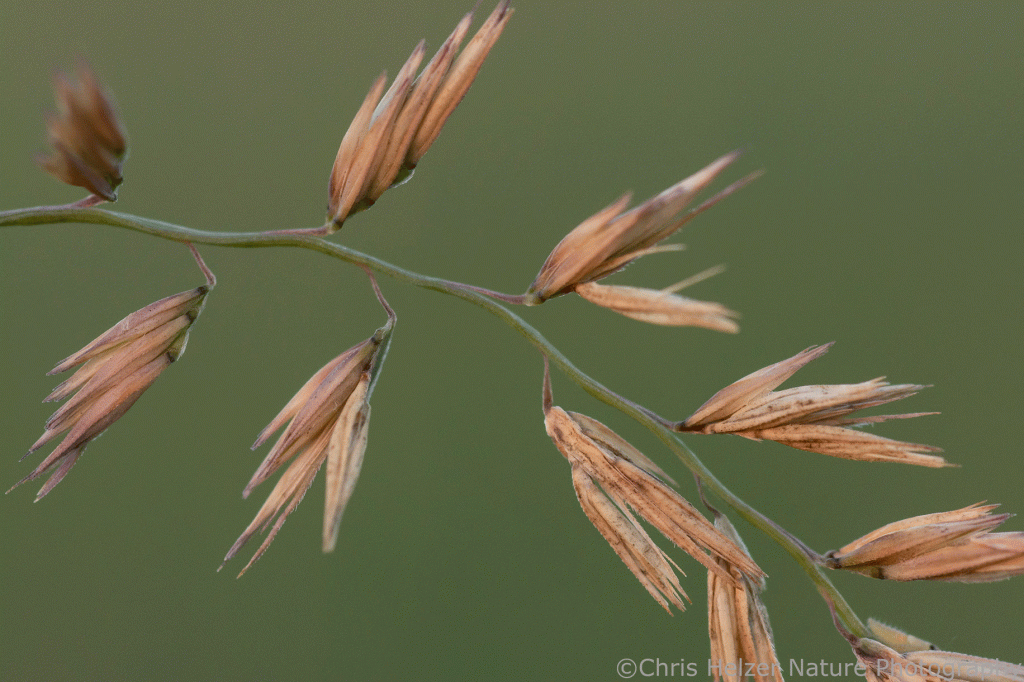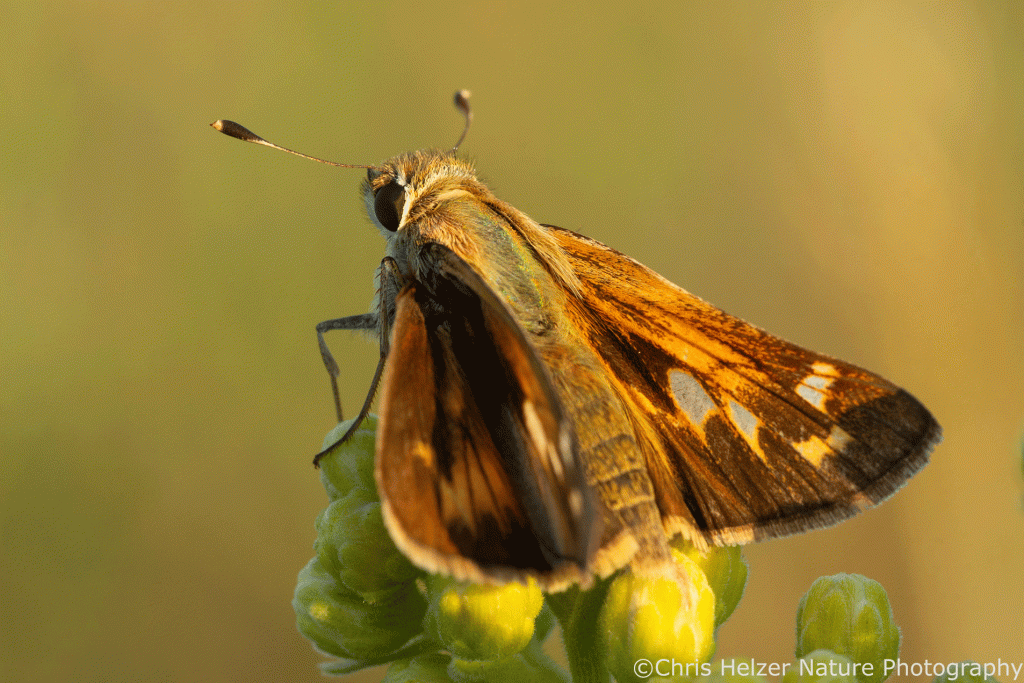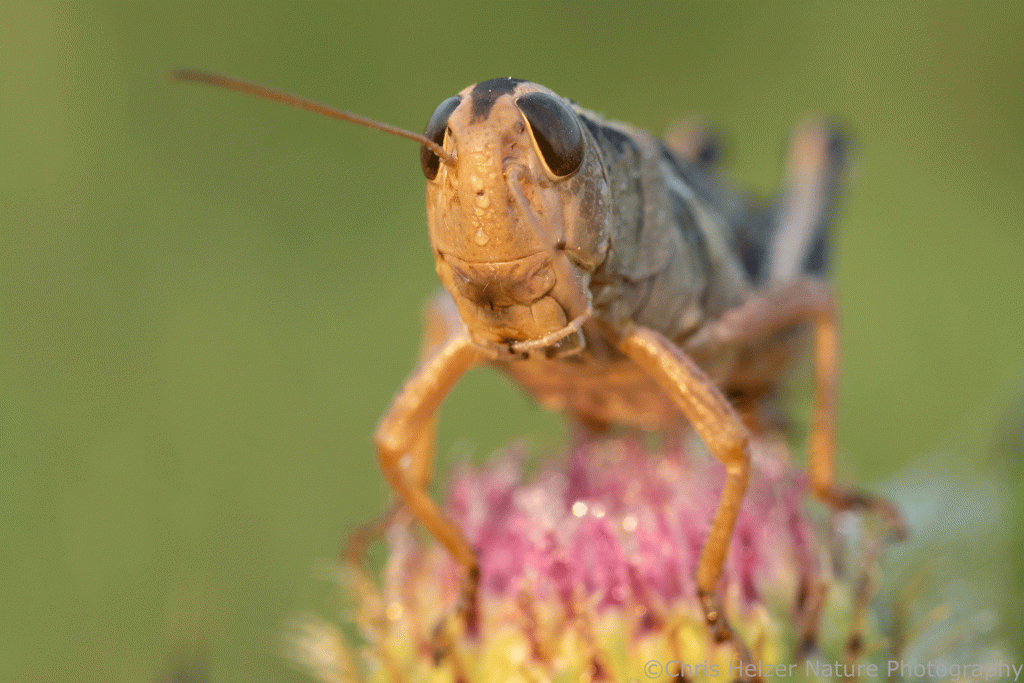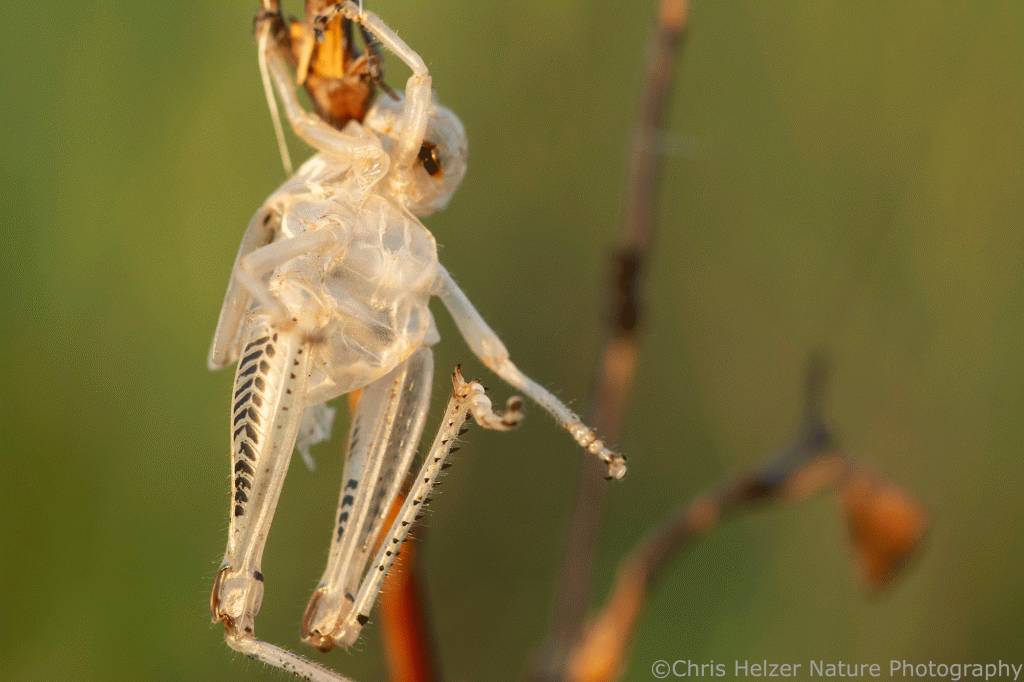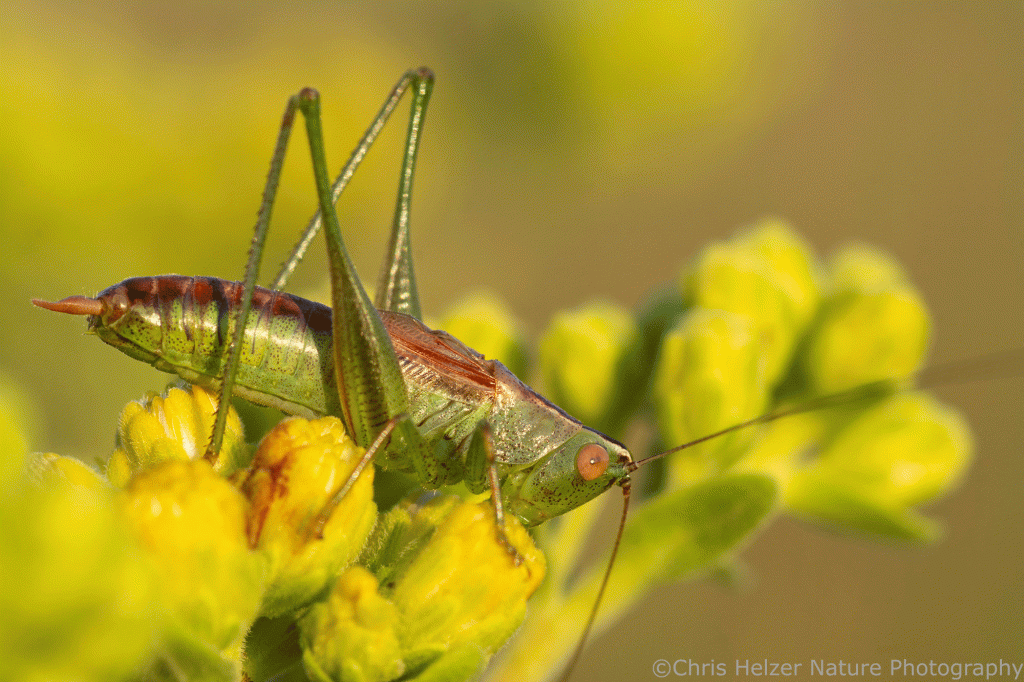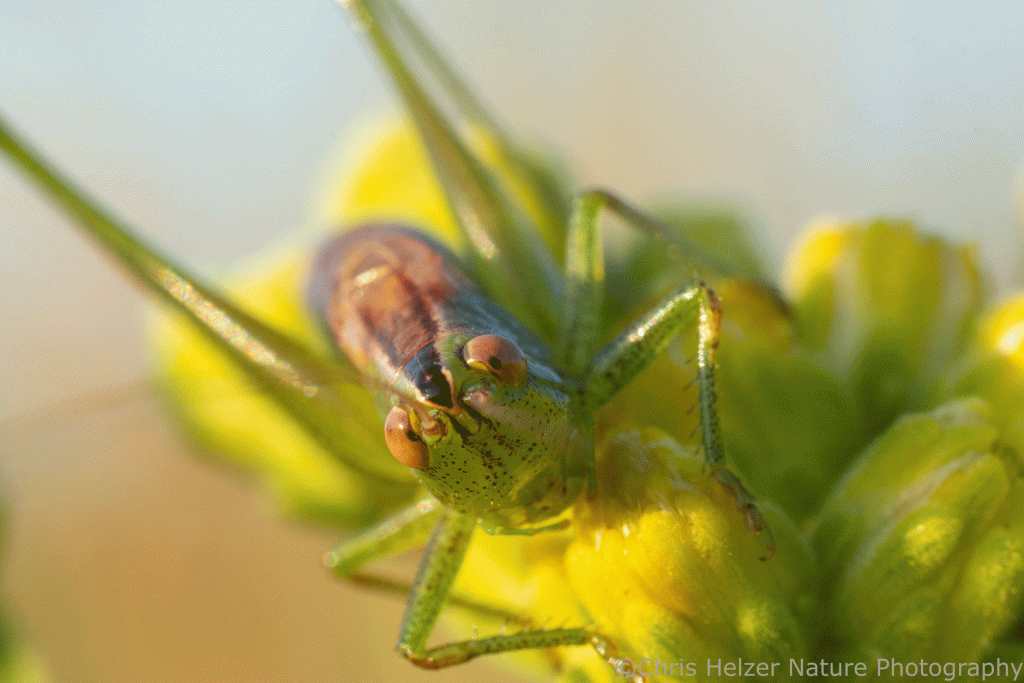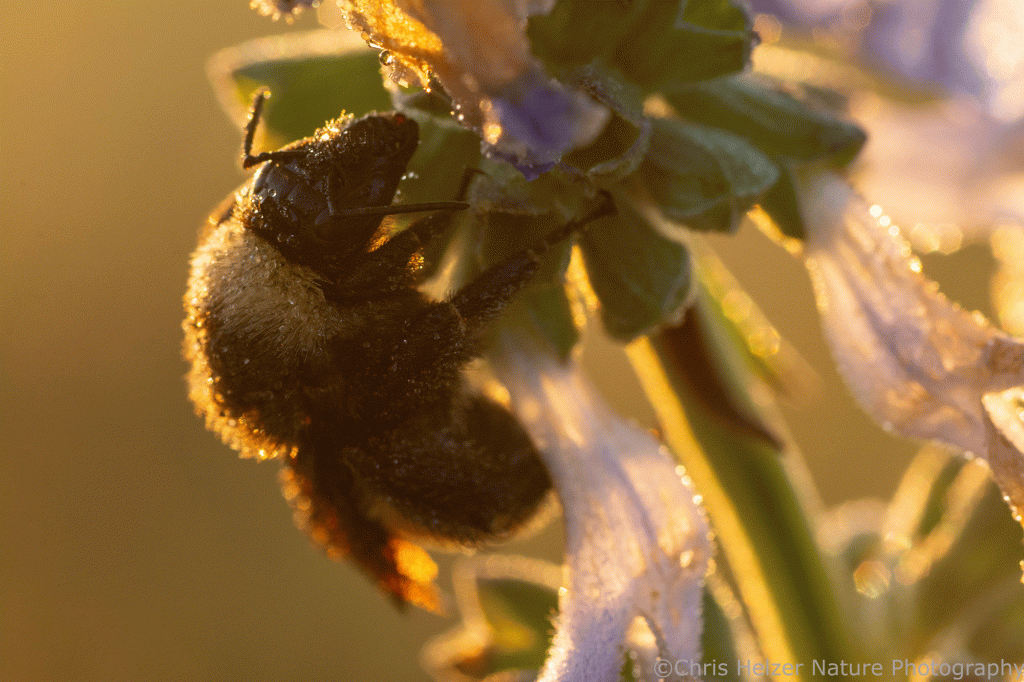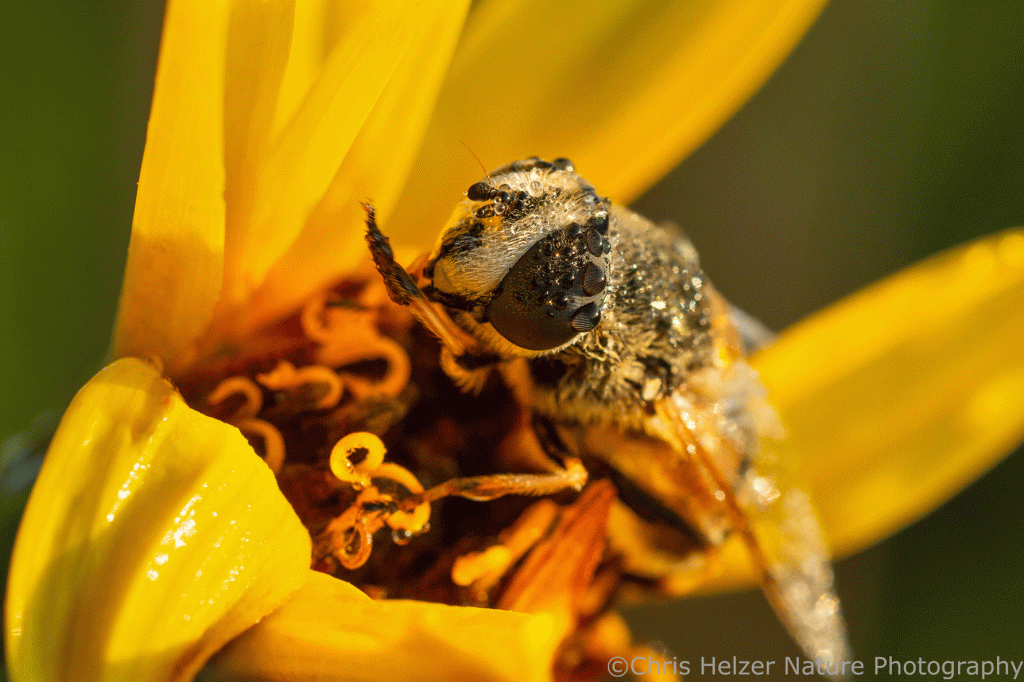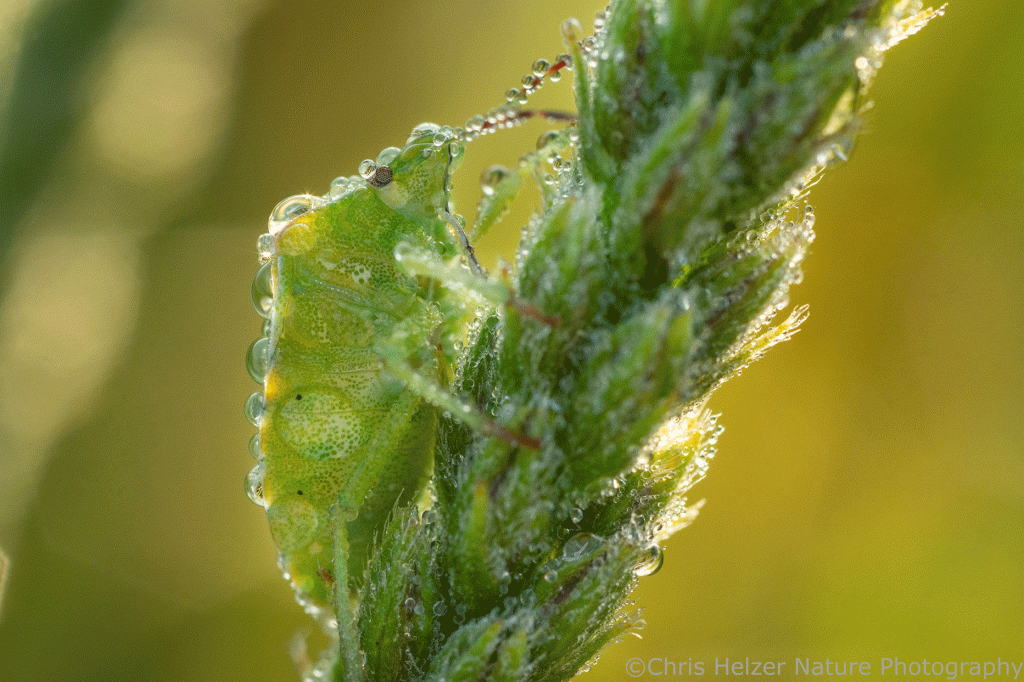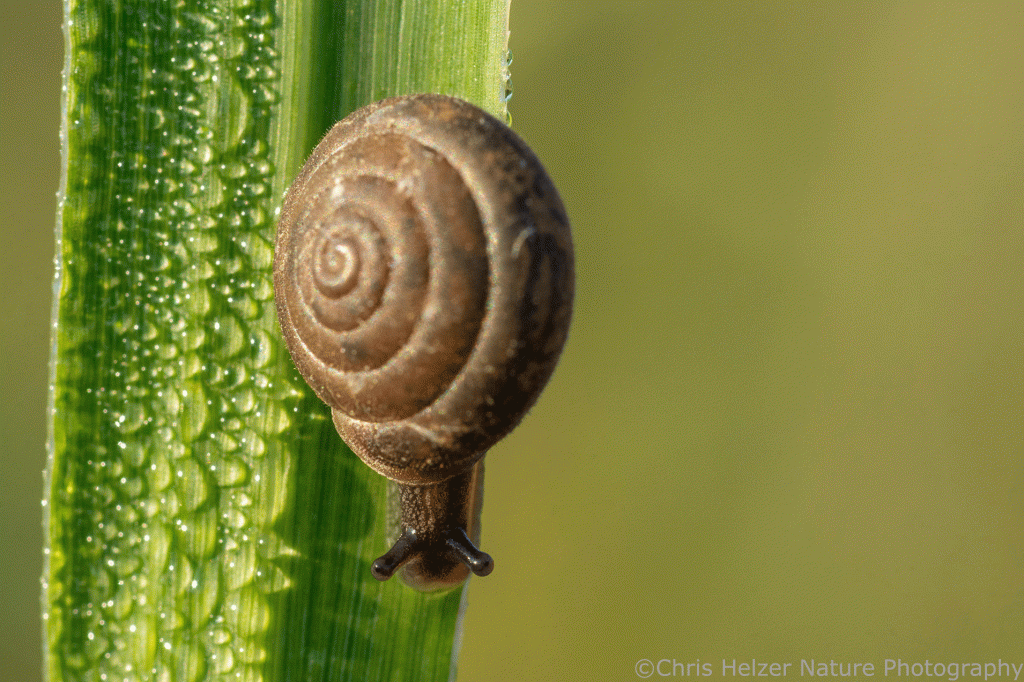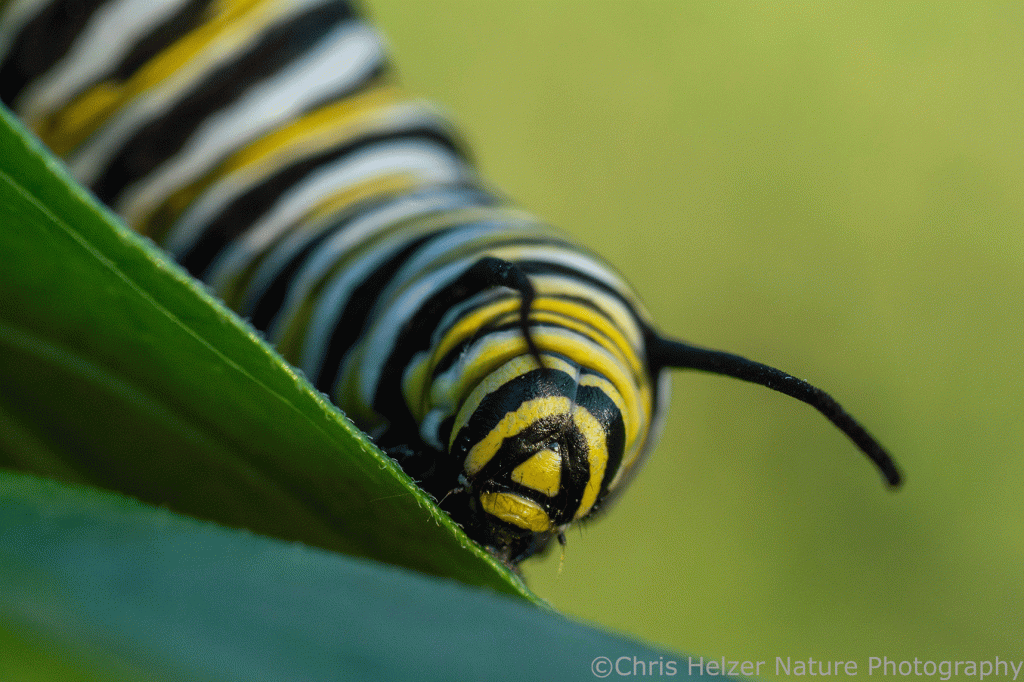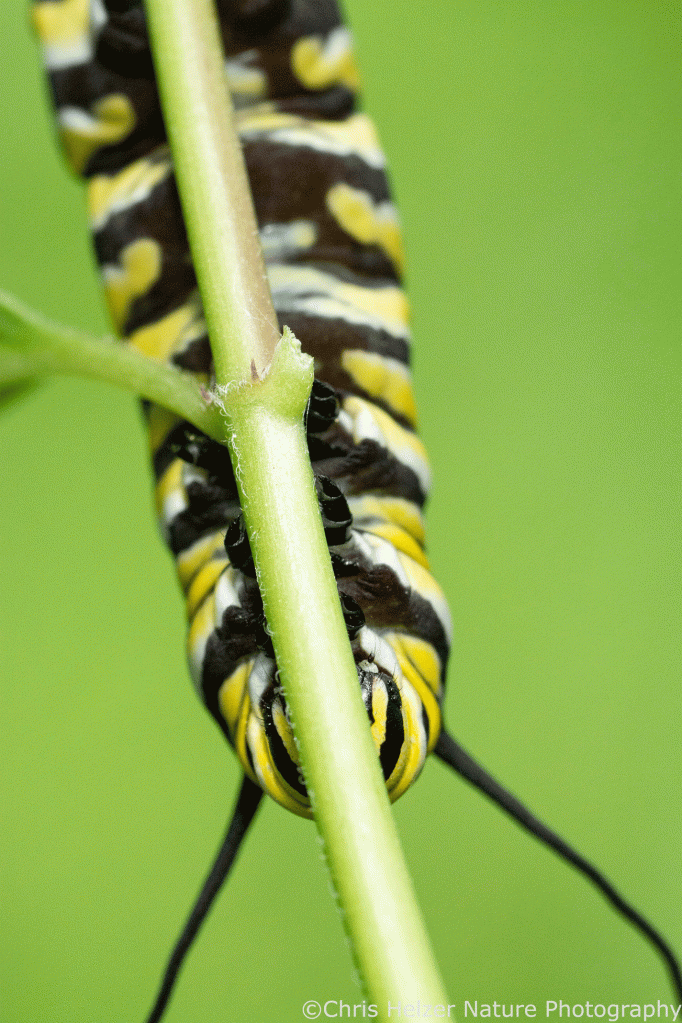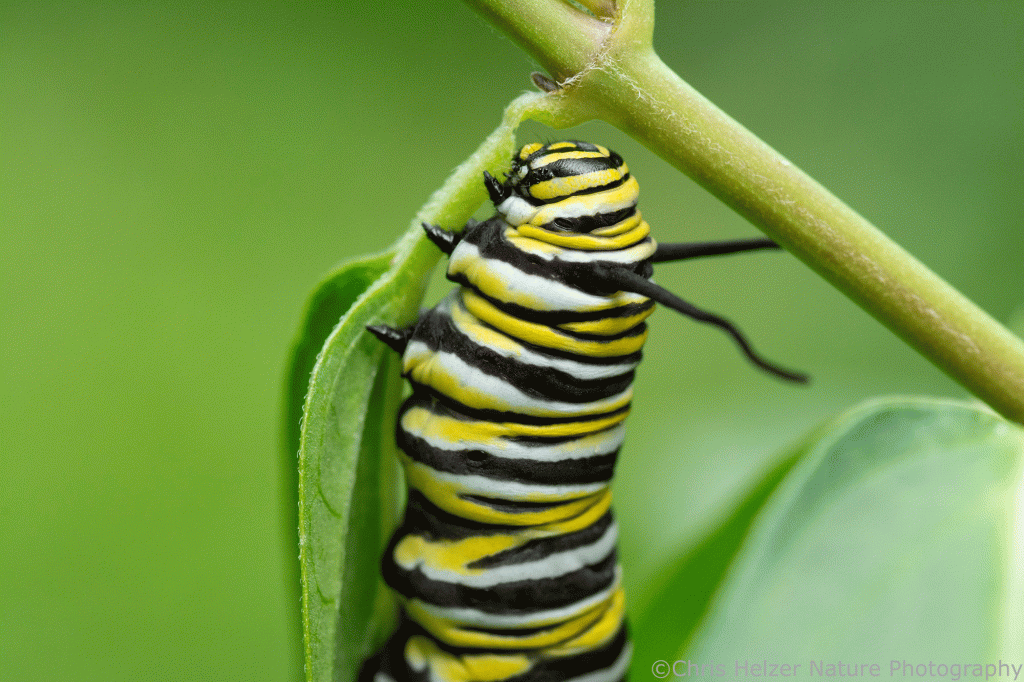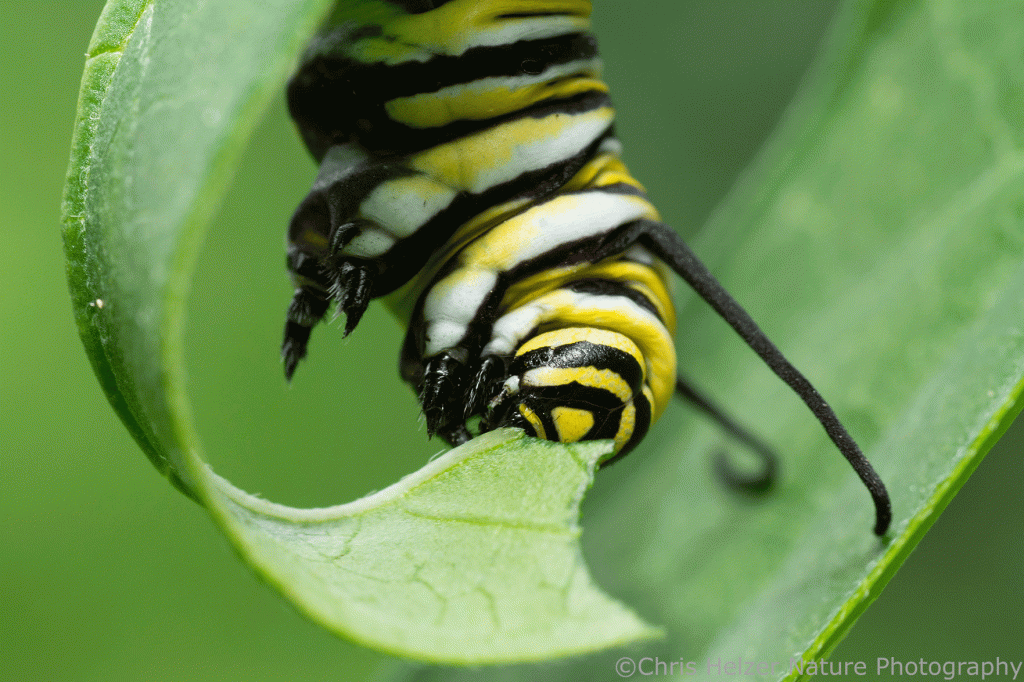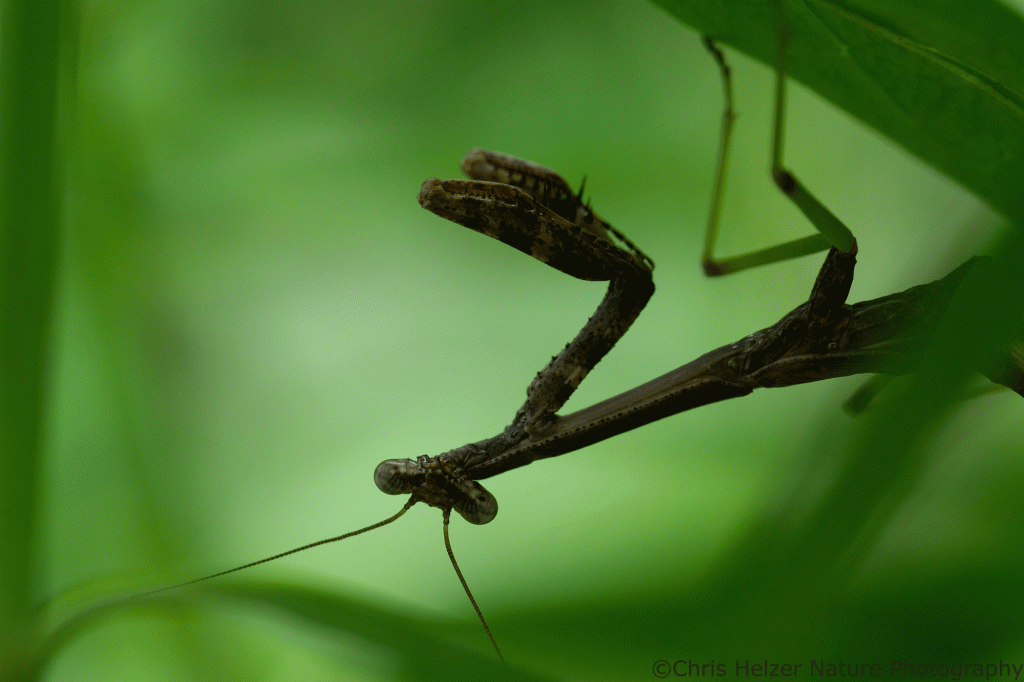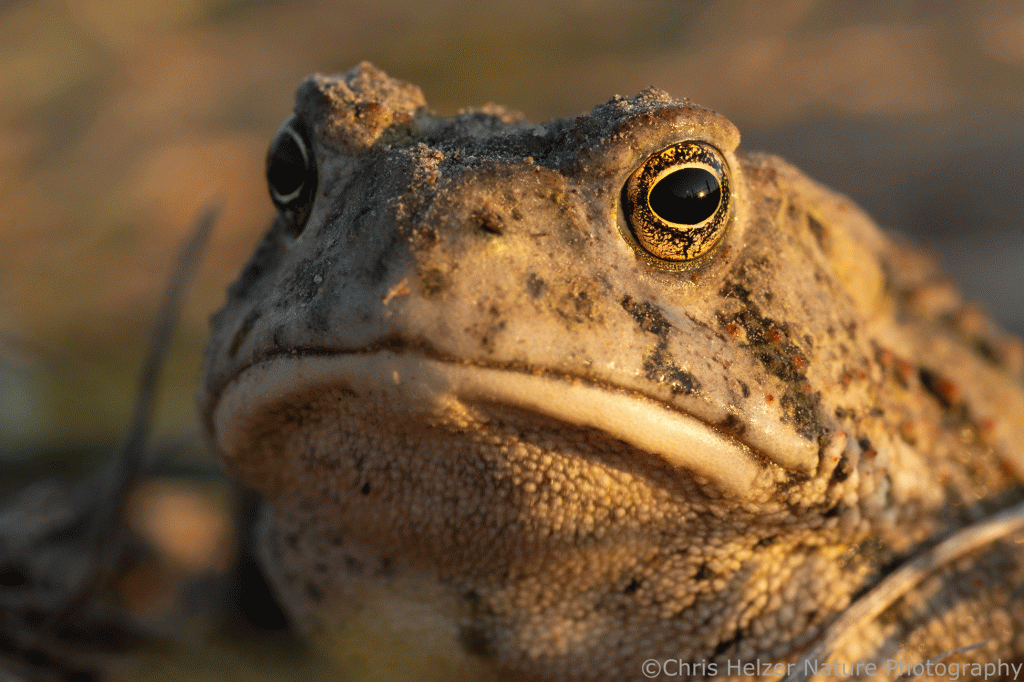Last week, I talked about how great late summer is for photography and promised more photos from the last week or two of August. Here they are. All these were shot close to home, either at our family prairie (15 minute drive) or in Lincoln Creek Prairie (a mile from my house).
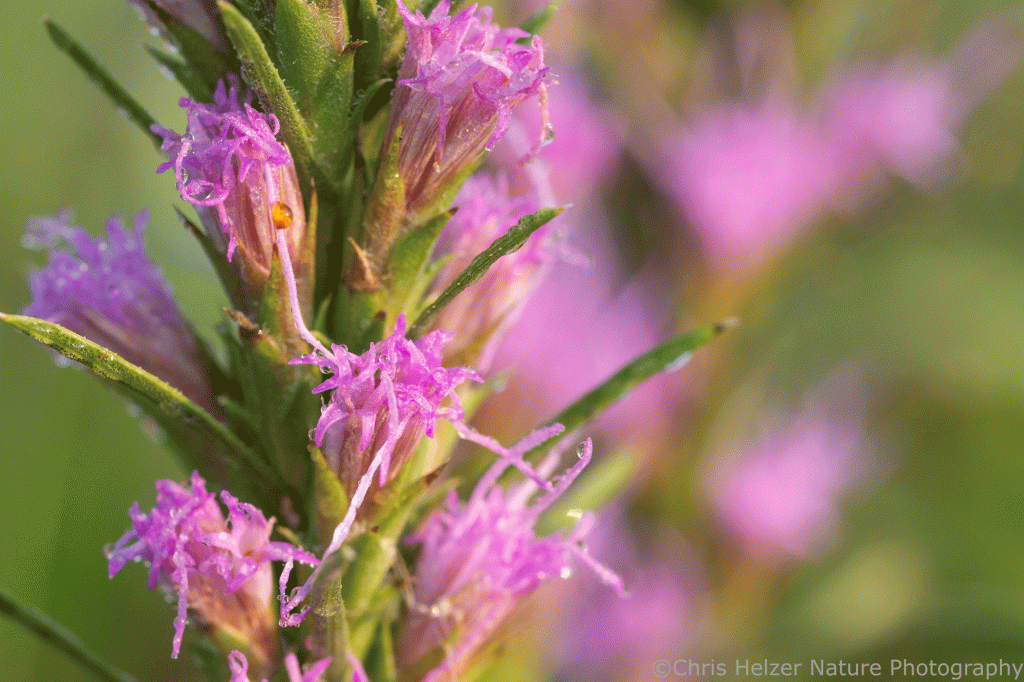

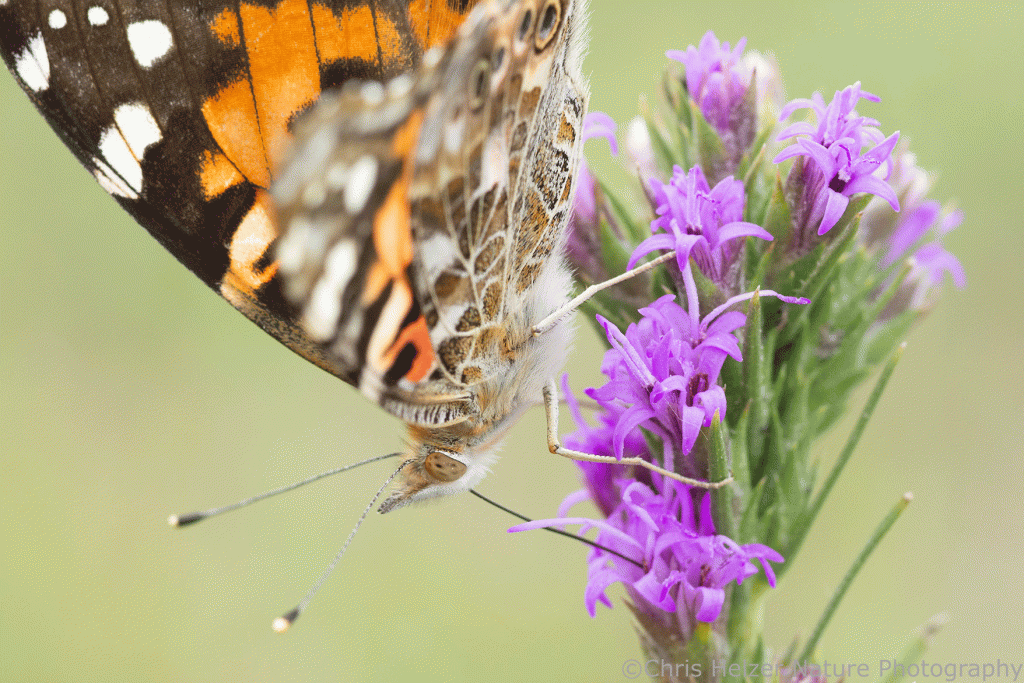
There’s almost a frantic energy to pollinators this time of year, it seems. Many bees, wasps and flies are nearing the end their lives. They have limited time to lay more eggs, provision them with food, or do whatever else they need to do before their time comes to a close.
Some butterflies are either migrating through or preparing to push south. Monarchs are well-known for that, of course, but the painted lady butterfly pictured above is another species that takes long-distance flights. In North America, I think they push out of the desert southwest each year into other parts of the continent and then return in the fall. Back in 2017, which was a spectacular year for that species, their return flight was picked up by National Weather Service radar in Denver!

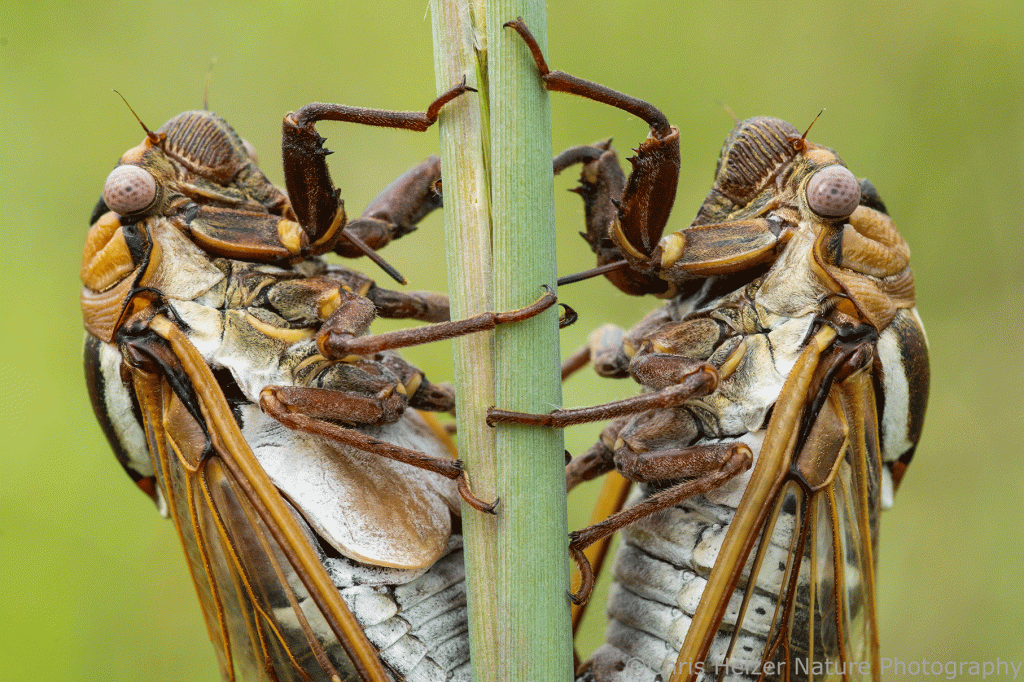
I really enjoy seeing, hearing, and photographing prairie cicadas. I don’t know the species very well yet, but have become familiar with a few of the ones I see most commonly. When I spotted a pair of them at our family prairie a few weeks ago, I hoped to get a quick photo before they flew off. Instead, they were sufficiently occupied with each other that I spent about five minutes with them before leaving them to finish what they were working on.
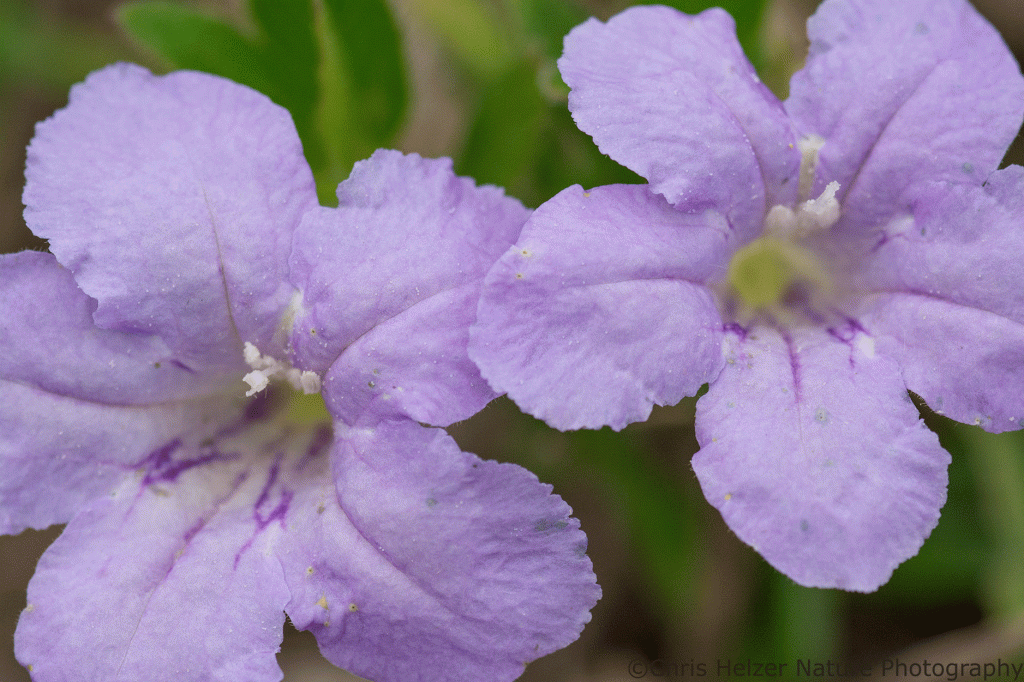
I don’t see wild petunia blooming at our family prairie every year. In fact, I went years before even knowing it was in the prairie at all. This year, though, there is a patch bigger than the footprint of my house that contains hundreds of blooming individuals (you all know how big my house is, right?). It’s in a part of the prairie that was mostly rested from grazing for a couple years but then got some heavy grazing during July and August.
Did the plants flower prolifically because of this year’s drought? The rest from grazing? This year’s intense grazing? Or for some other reason altogether? I have no idea. The grazing certainly didn’t seem to have any negative impact on them since they were going strong in late August. It’s sure fun to see them.
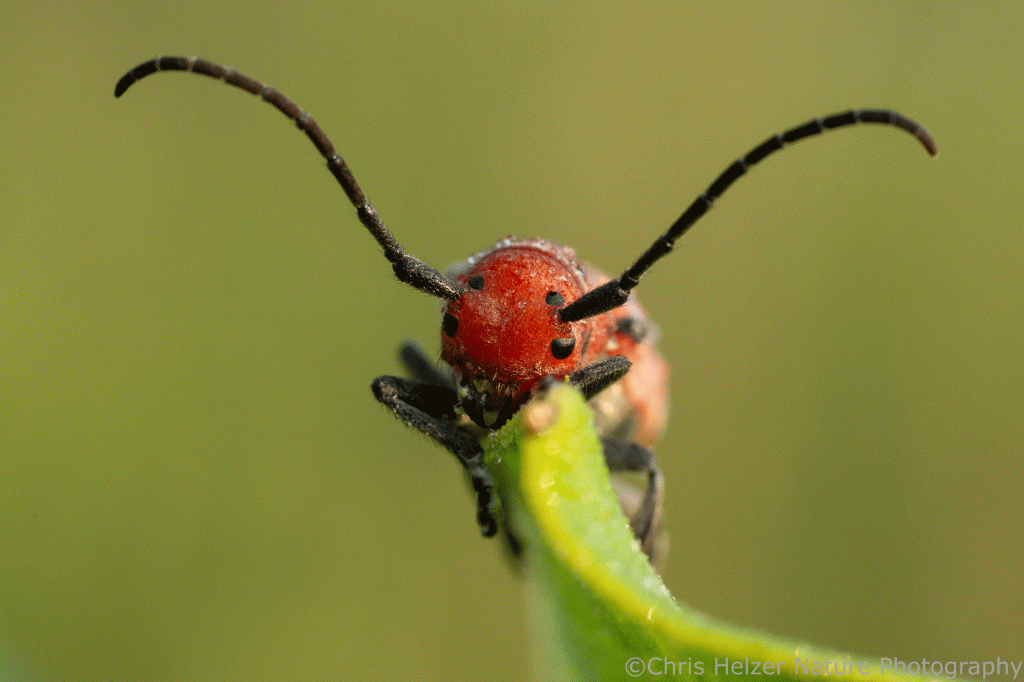
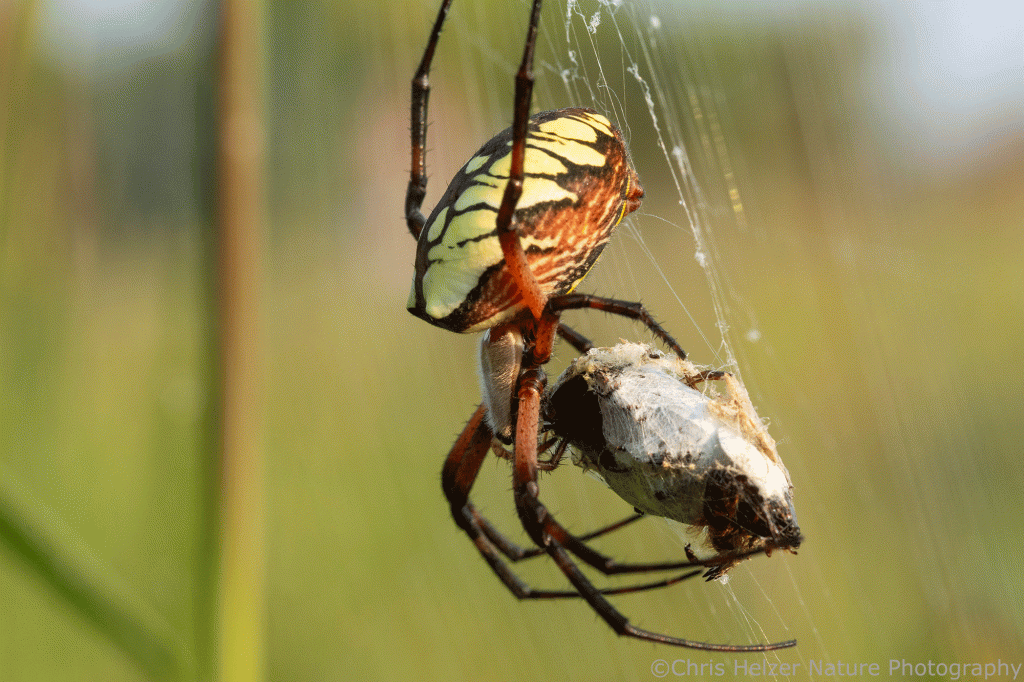
The big black and yellow garden spiders are always a great addition to late summer prairies. They also make great ambassadors for spider kind when I can talk to people about them and show how harmless they are to people. When I get the chance, I’ll try to entice one onto my hand and let it crawl around while I’m talking to a group of people. Seeing that the spider isn’t attacking me is a revelation for many people, and opens up a conversation about how things that seem creepy or scary often aren’t.
That doesn’t mean everyone leaves those encounters and goes home to find and hug their own spiders. That’s a future step. I do hope, though, that people might not immediately flee the premises when they see one, and might even spend a little time admiring or watching one. How many of us have enjoyed tossing an insect to a spider like that and watching it roll it up in silk? Those kinds of interactions help breed connections with nature that are hopefully unbreakable.
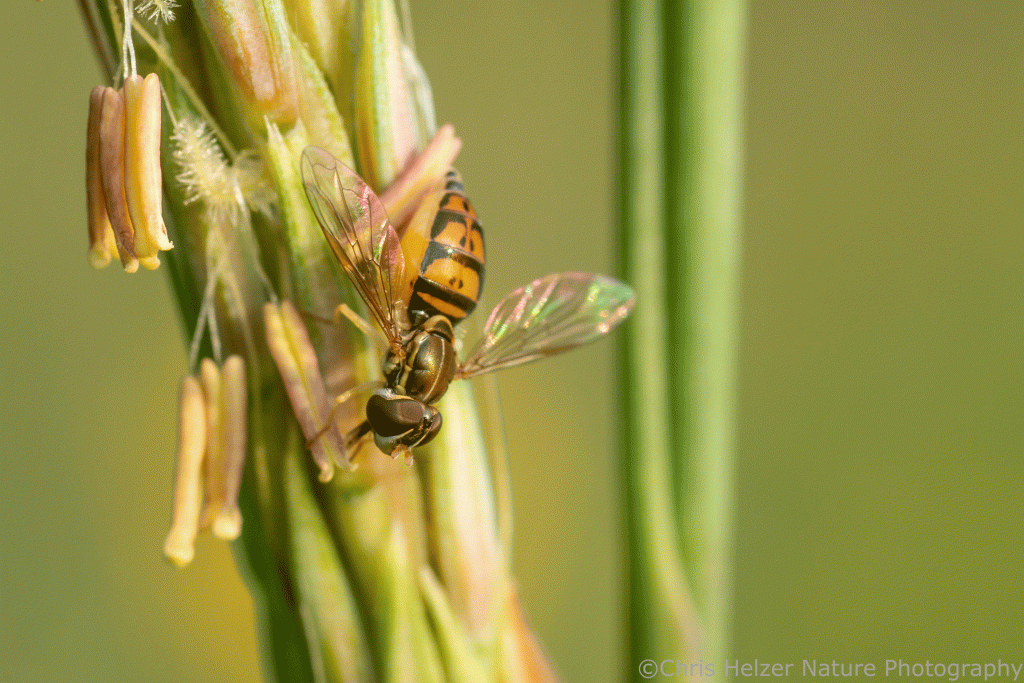
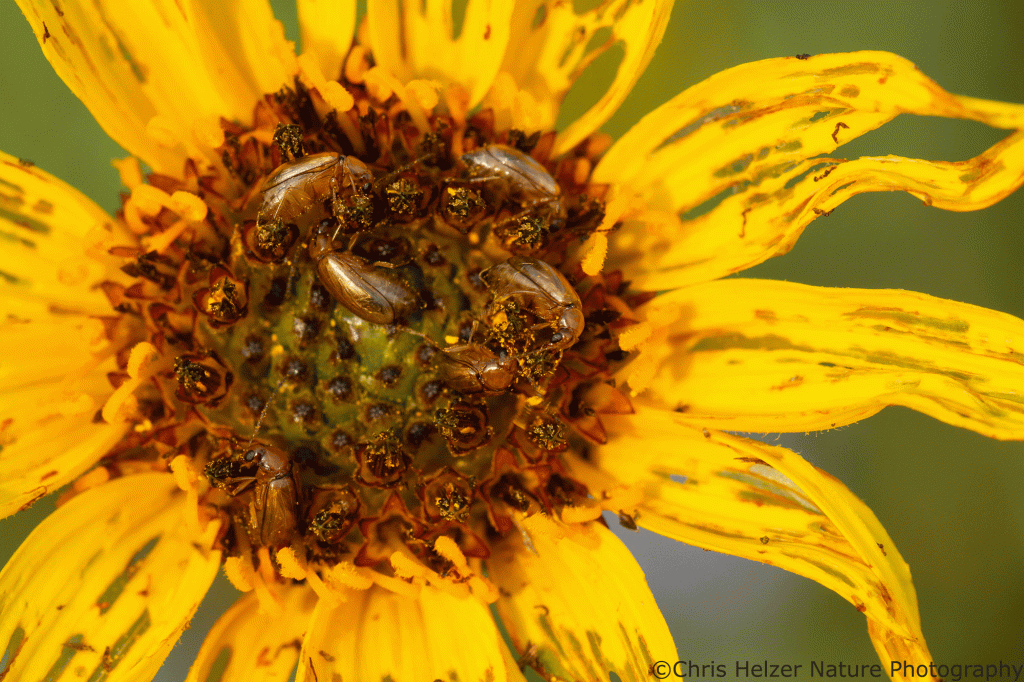
One of many research projects I’d enjoy doing would involve the little shiny brown leaf beetles that feed on stiff and Maximilian sunflowers this time of year. I’d love to track their abundance from year to year, and the percentage of flowers that are fed upon through time. This seems like a moderately abundant year for them at Lincoln Creek Prairie, but I’m not keeping good records or doing any kind of sampling to really find out. It would be fun to see whether their abundance tracks with weather, management, or other factors, but apparently not fun enough that I’ve prioritized that data collection…
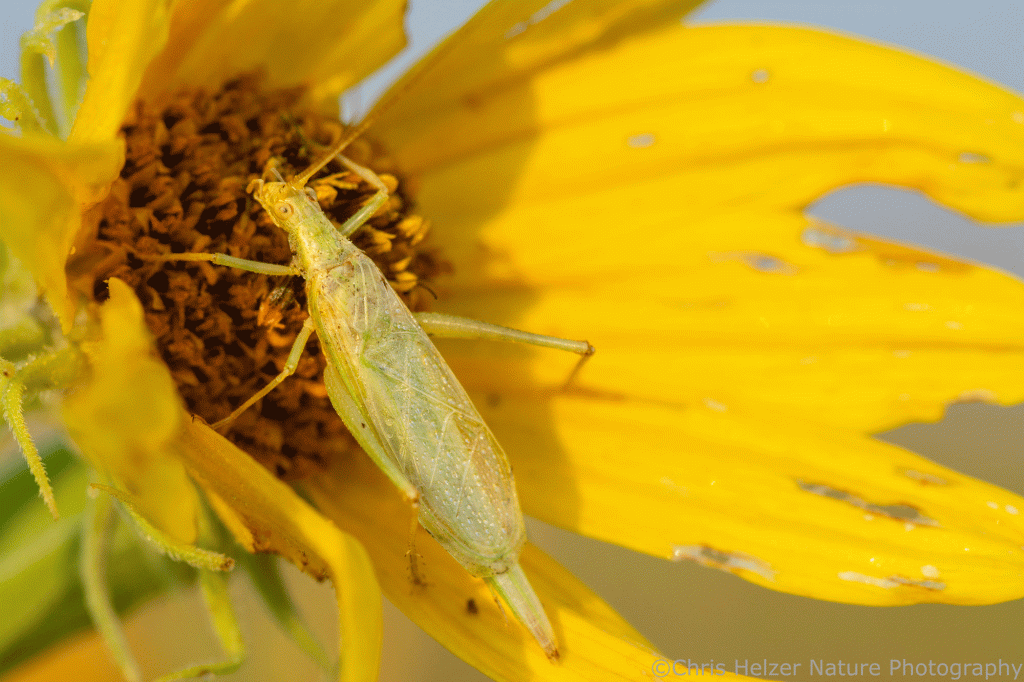
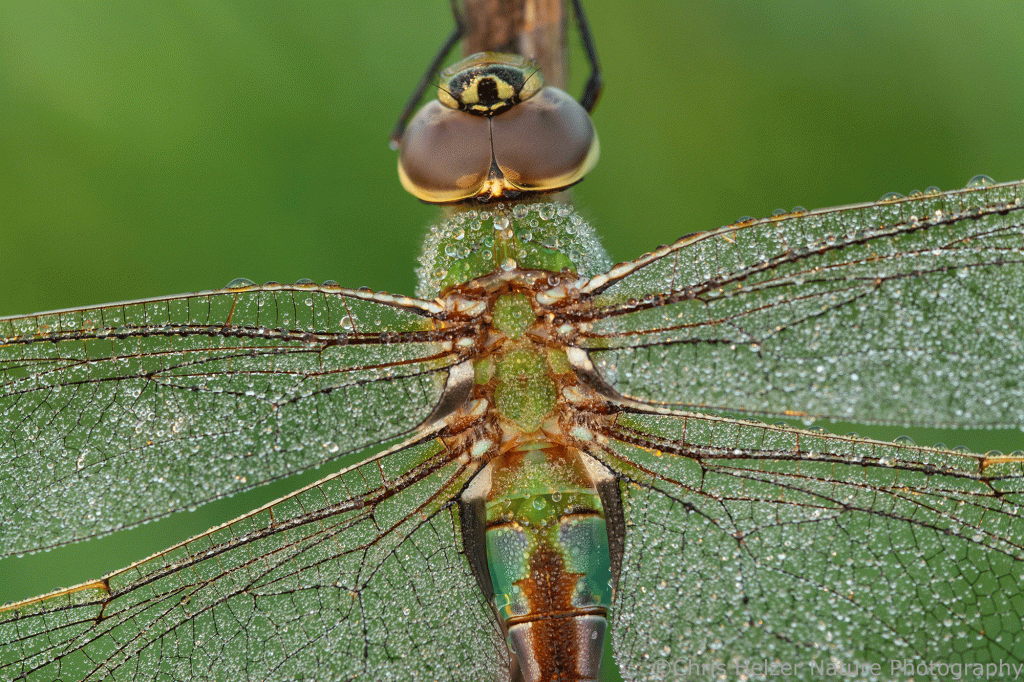
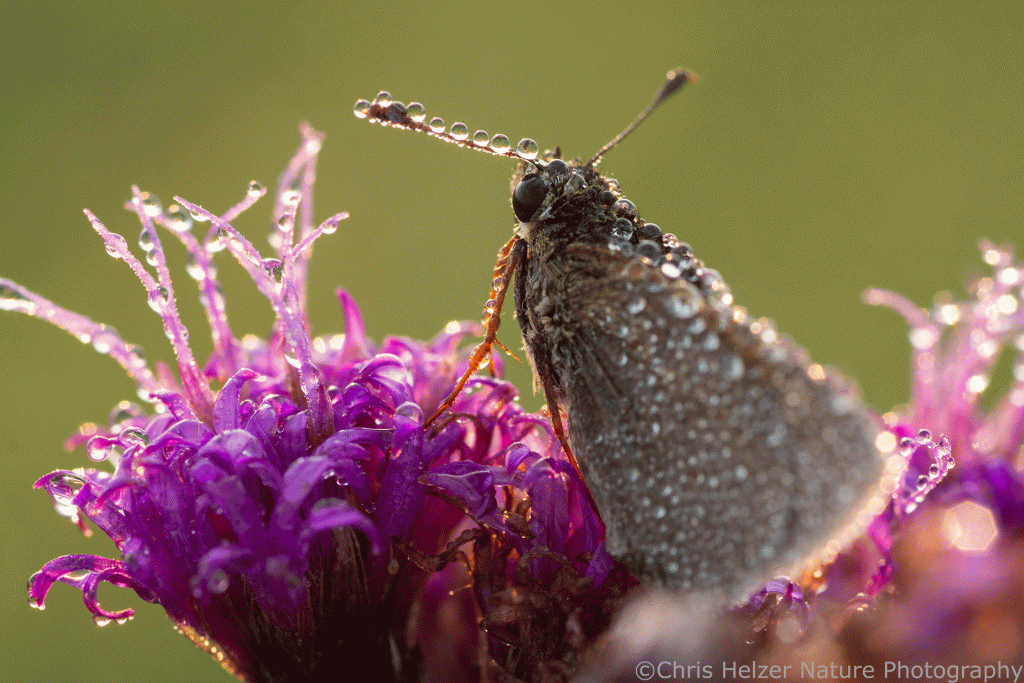
It took me many more years than it should have to realize that we have two waves of soldier beetles each year in our prairies. The first wave occurs in late spring/early summer and the second – a different species – is happening now. Goldenrod soldier beetle adults (Chauliognathus pensylvanicus) seem to be on every sunflower in the prairie right now, feeding on pollen and nectar. They’re on other flowers too, but they sure seem especially enamored of sunflowers and close relatives. Because they often sit fairly still, or move slowly, they make great photo subjects.
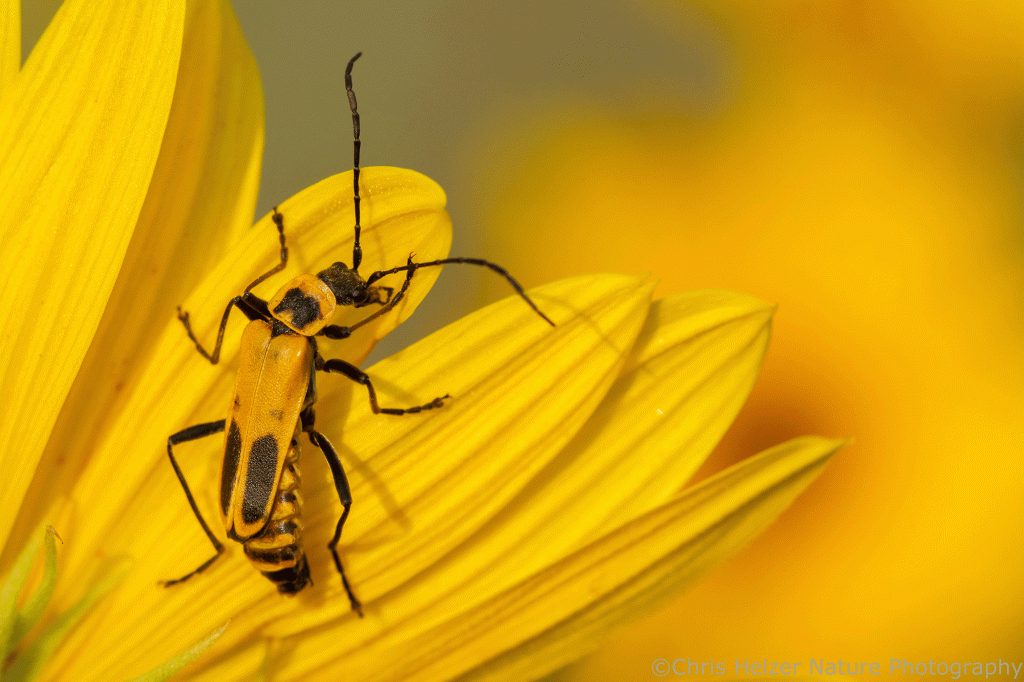
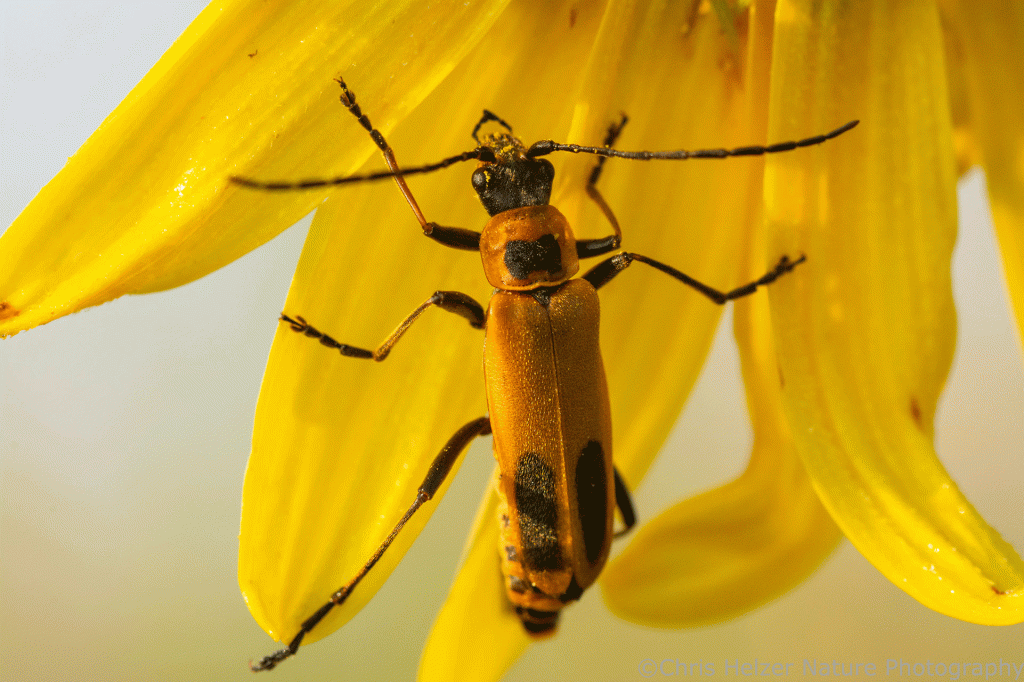
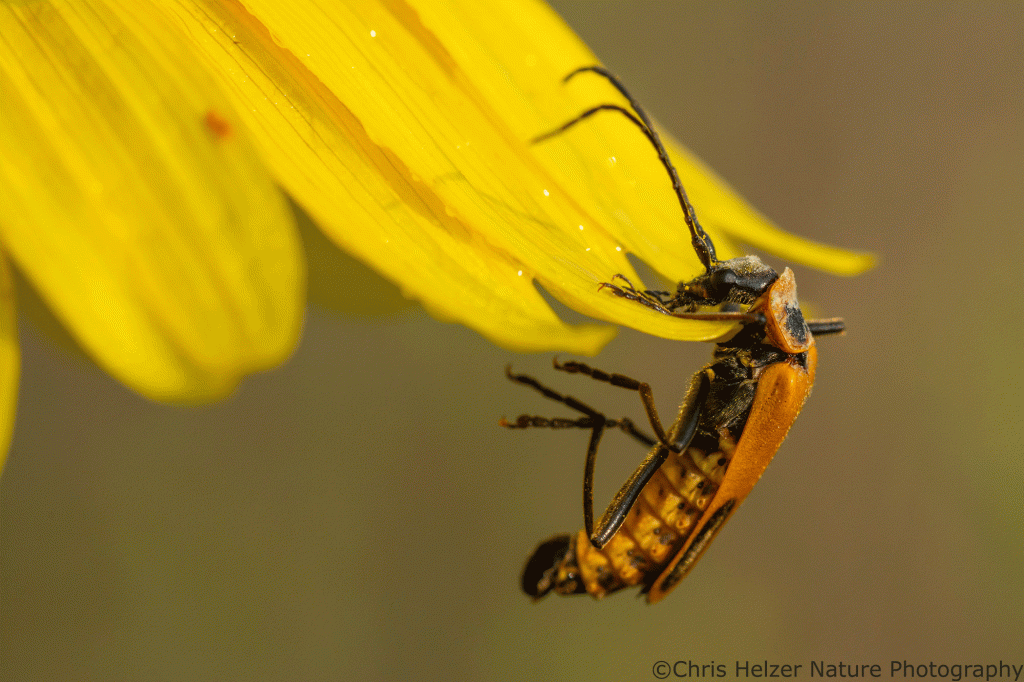
I talked last week about male bees and other insects that spend the night roosting in vegetation and wake up covered in dew most mornings. Here are more photos of those insects, taken as they begin to warm up and dry out. I don’t need to understand why or how they choose their roost sites to be grateful for them as photo subjects! (Which is a good thing because I definitely don’t understand those choices!)
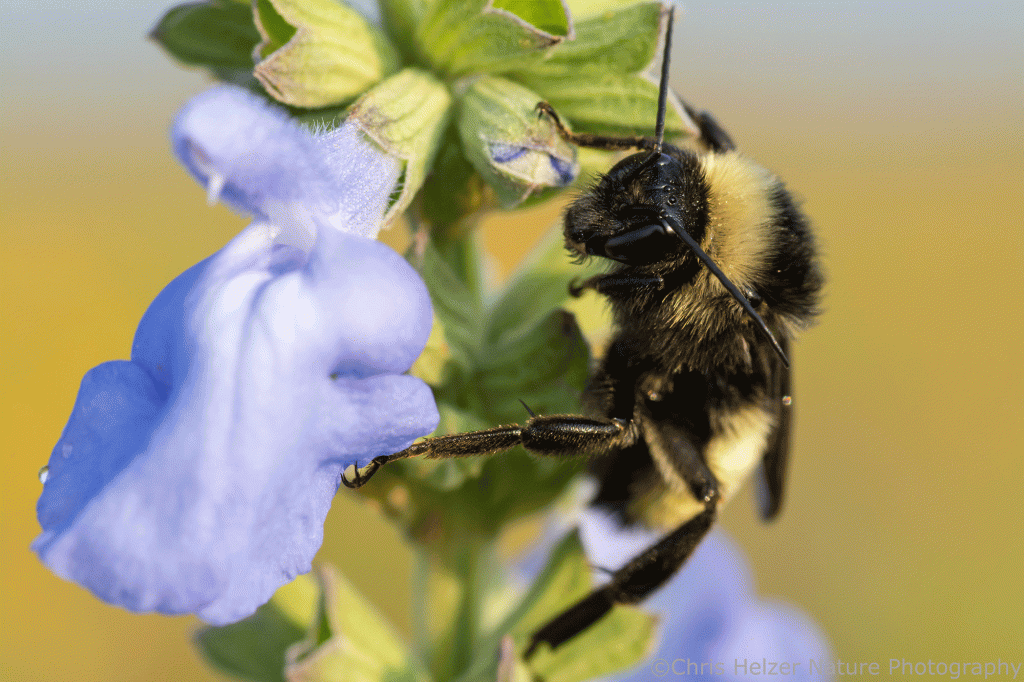
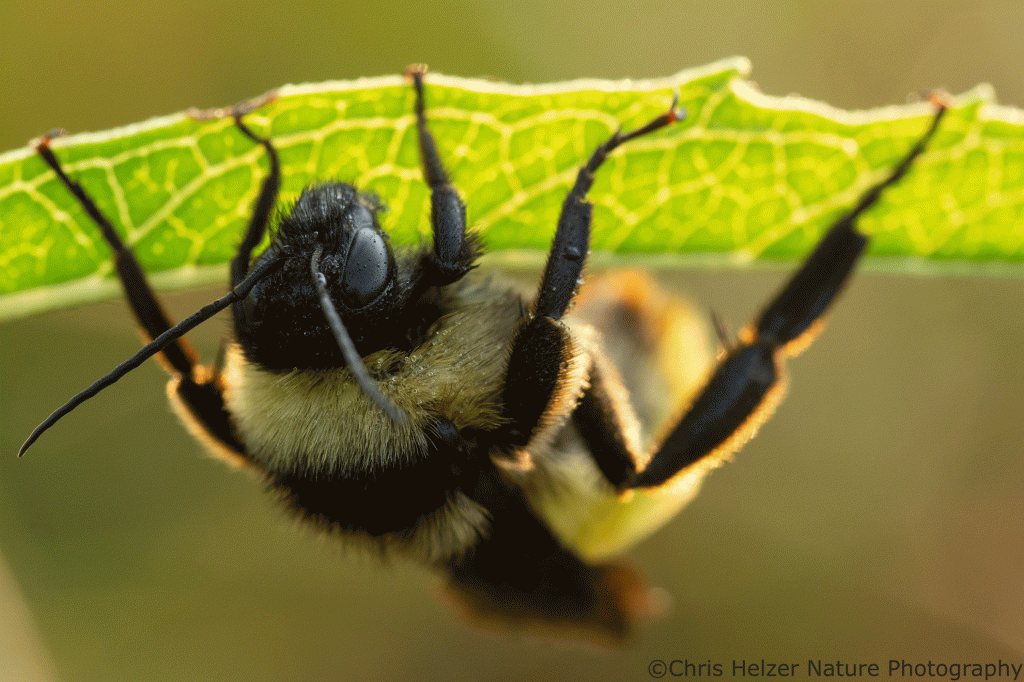
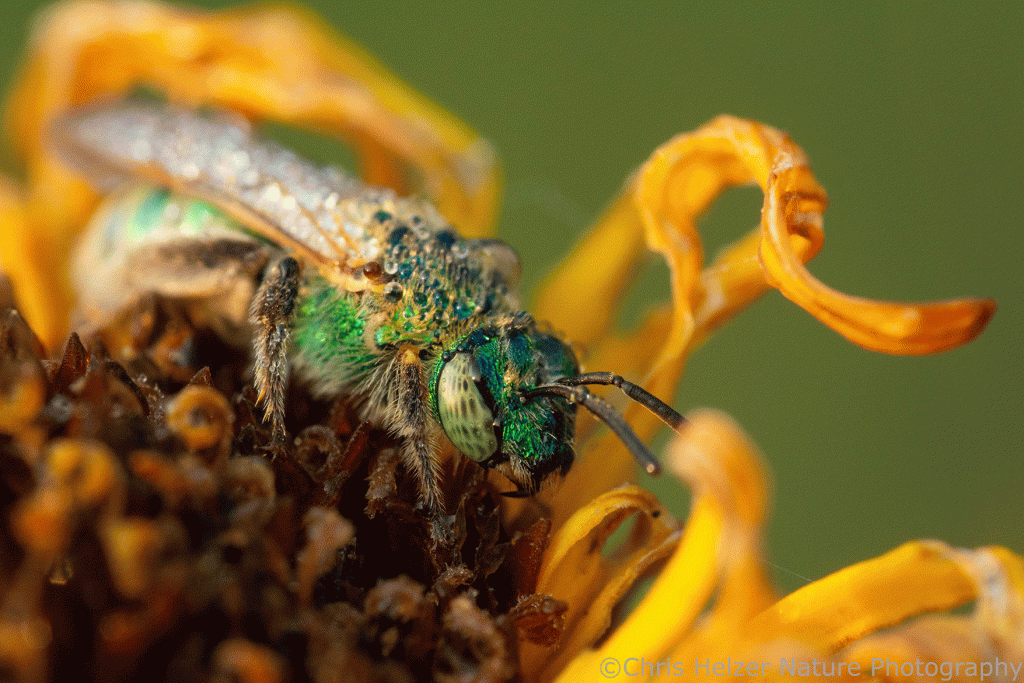
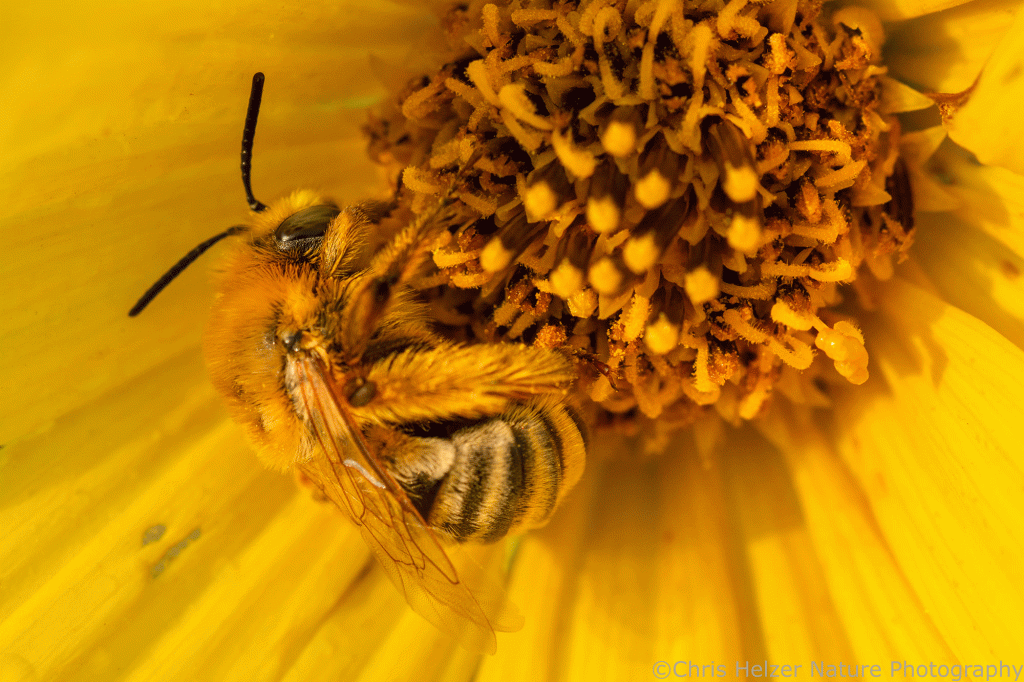
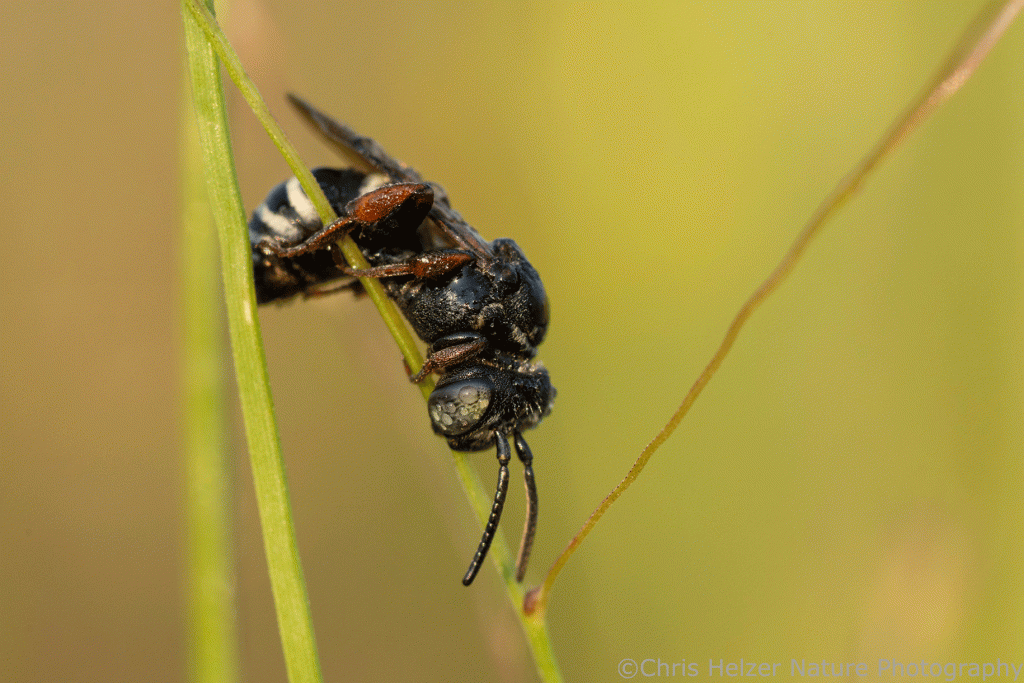
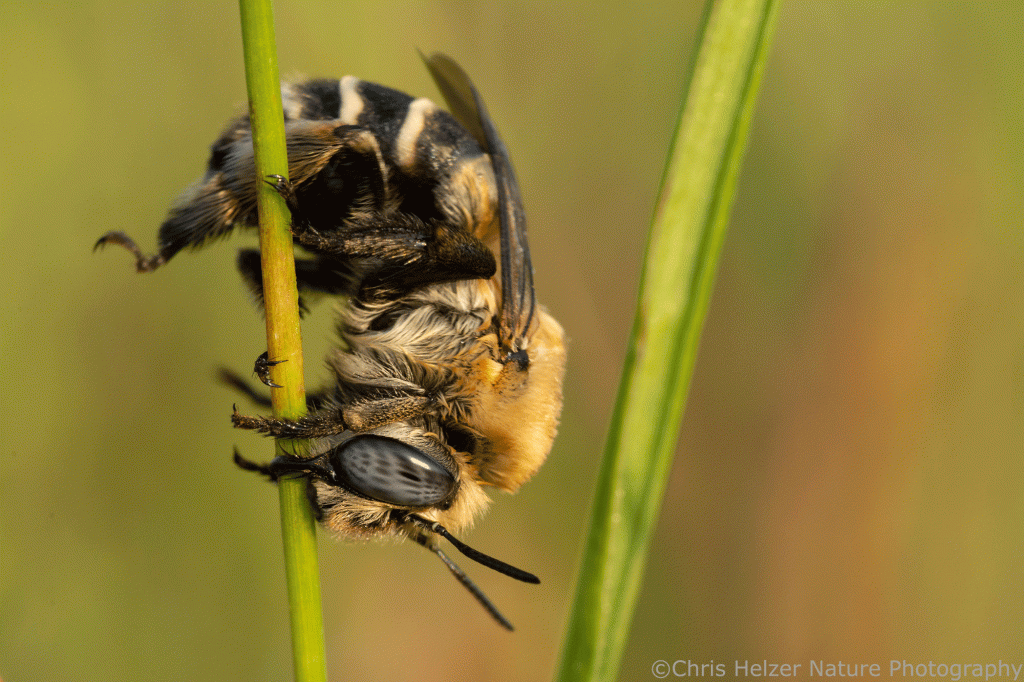
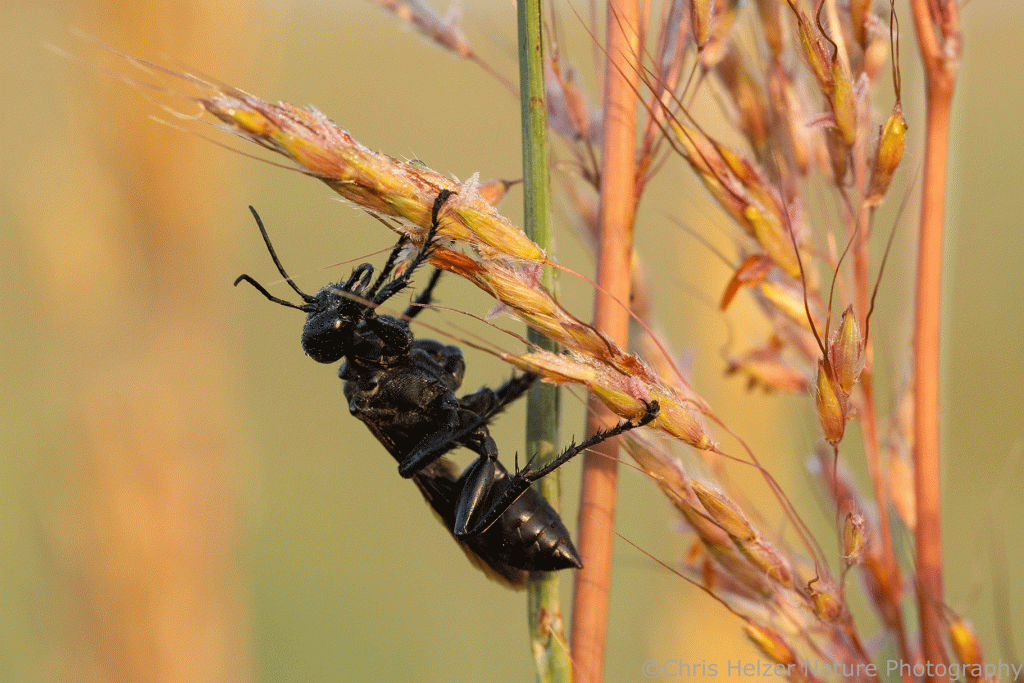
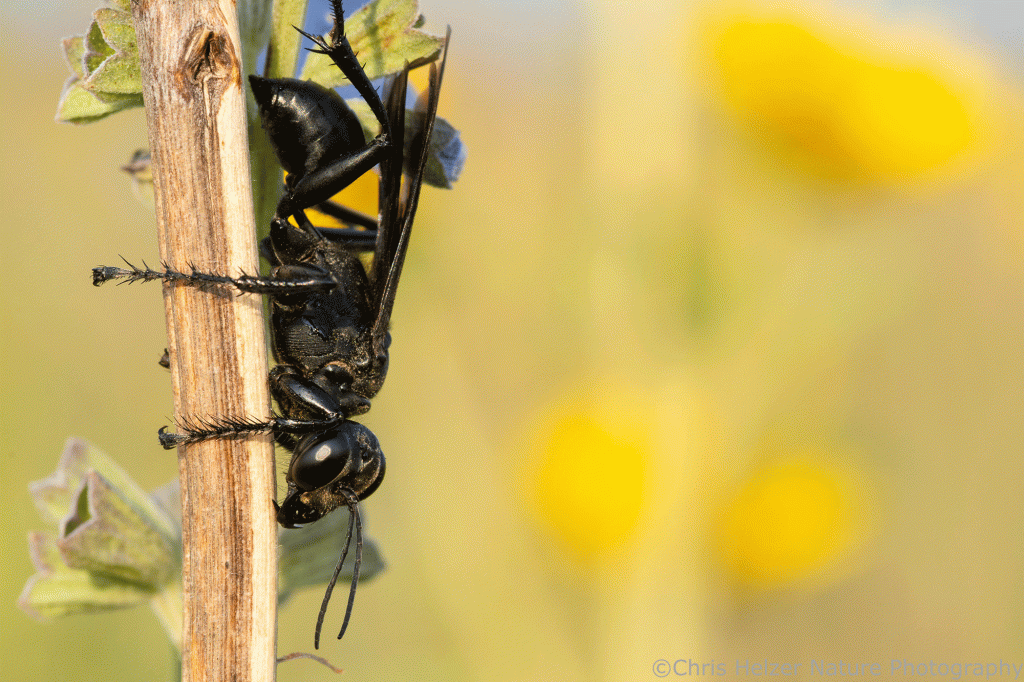
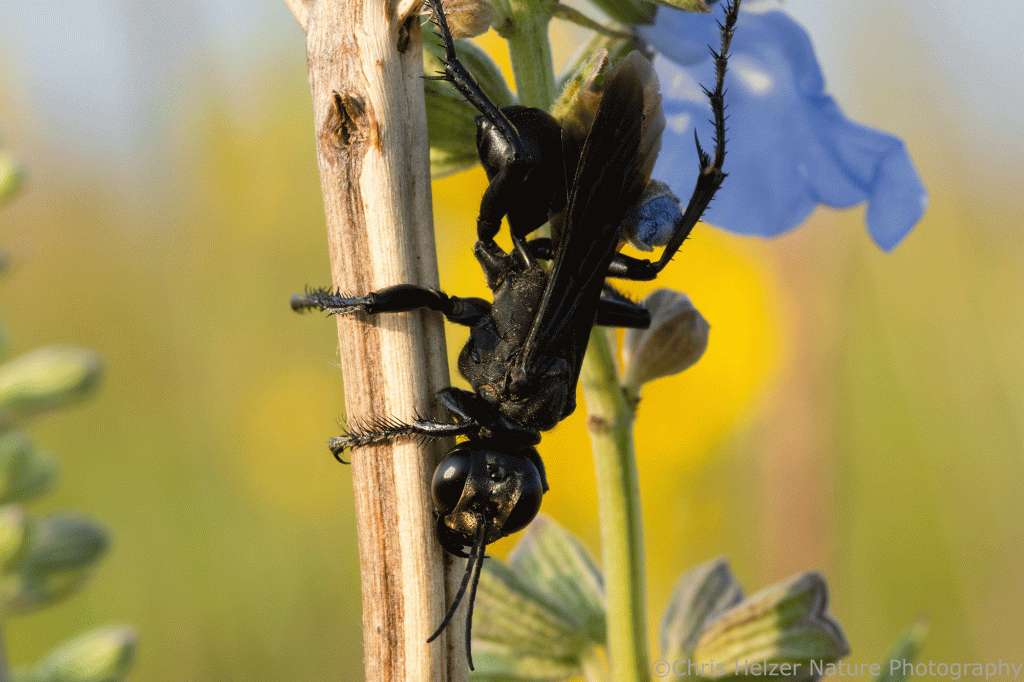
If you haven’t yet, I’d sure encourage you to experience some late summer prairie hiking this year. Here in Nebraska, many prairies are tall and full of color, movement, and noise. Sunrise isn’t until after 7am, which is a pretty reasonable time to be up and out. An early morning in a dew-covered, flower-rich late-summer prairie is something everyone should enjoy at least once. On the other hand, if you do it once, it sure won’t feel like enough, so be prepared to go back again!

